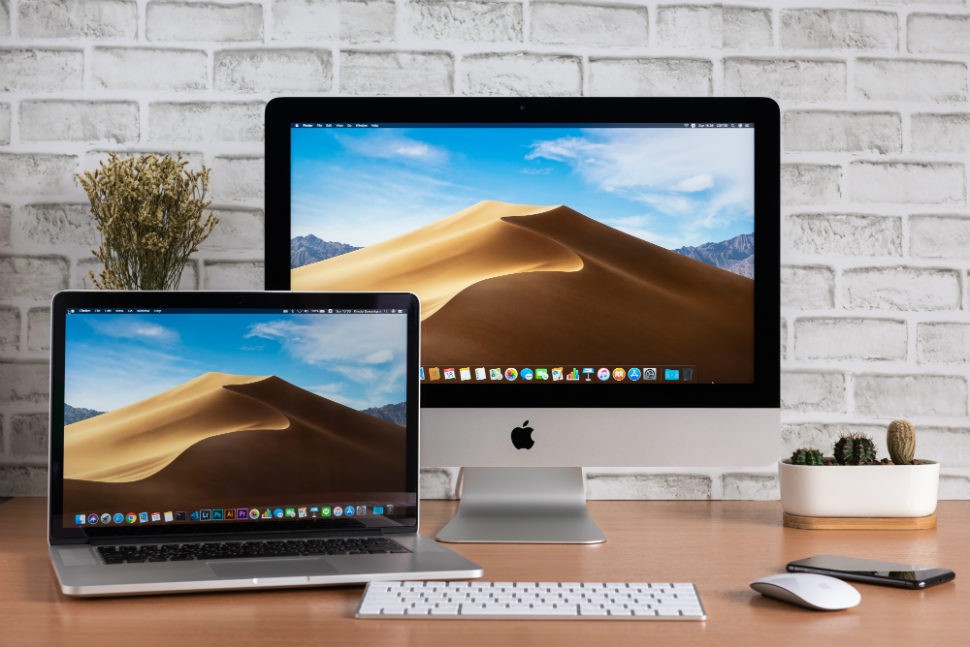

- #MAJAVE MAC PRO MID 2012 OS HOW TO#
- #MAJAVE MAC PRO MID 2012 OS UPGRADE#
- #MAJAVE MAC PRO MID 2012 OS SOFTWARE#
#MAJAVE MAC PRO MID 2012 OS HOW TO#

This results in a delay when you log in as each item tries to launch and then times out. What can happen is the new OS no longer supports one or more items in the list.

Apps can add items to the list when they’re installed, or you can manually add apps or services you use all the time to the list. Sometimes called the Startup List, this is a list of apps or services that will start up automatically when you log into your Mac. The problems and fixes are in no particular order, and you don’t need to do every one, but it also won’t hurt to start with the first one and work your way through. There are multiple possible causes, and we’ll look at how to fix them. Have you noticed that after installing Mojave, the time it takes for your Mac to start up seems to have taken a nosedive? Surprisingly, this isn’t all that unusual and happens to a small percentage of users after a major macOS upgrade. Some of these tips involve removing files or performing actions that can result in data being removed.
#MAJAVE MAC PRO MID 2012 OS UPGRADE#
To cover that possibility, I’ll include a few upgrade tips that can help you get your Mac back into tip-top shape.īefore you start, make sure you have a recent backup. Each new version of the macOS seems to need just a bit more processing, graphics, or disk performance than the last one. Of course, your Mac may just be at its performance limit. You can see what’s new in macOS Mojave right here.Īpple officially seeded the first developer beta of macOS Mojave recently.If you’re experiencing slow startups after installing macOS Mojave, you may find one of the tips below will get you back up to speed.

MacOS 10.14 Mojave adds a variety of new features, including a system-wide Dark Mode, new features for Finder and Quick Look, a Dynamic Desktop and Desktop Stacks, improvements to the Photos app, and much more. The support doesn’t go as far back as 2009 this time around, but that’s still many years back that Apple is offering support for the newest version of its desktop operating system. Late-2013 Mac Pro (with the exception of some mid-2010 and mid-2012 models).The oldest Macs go back as far as 2012, with the exception of some Mac Pro configurations, which can date back as far as 2010 if they are equipped with a GPU that supports Apple’s Metal framework. But it looks like macOS Mojave will not be sharing that release path. With Apple’s release of macOS 10.13 High Sierra last year, the company managed to include Macs that were released as far back as 2009.
#MAJAVE MAC PRO MID 2012 OS SOFTWARE#
Apple is well known for providing software updates for aging machines, and while that is indeed the case again with the upcoming macOS 10.14 Mojave, there are several Macs that won’t make the cut this time around.


 0 kommentar(er)
0 kommentar(er)
